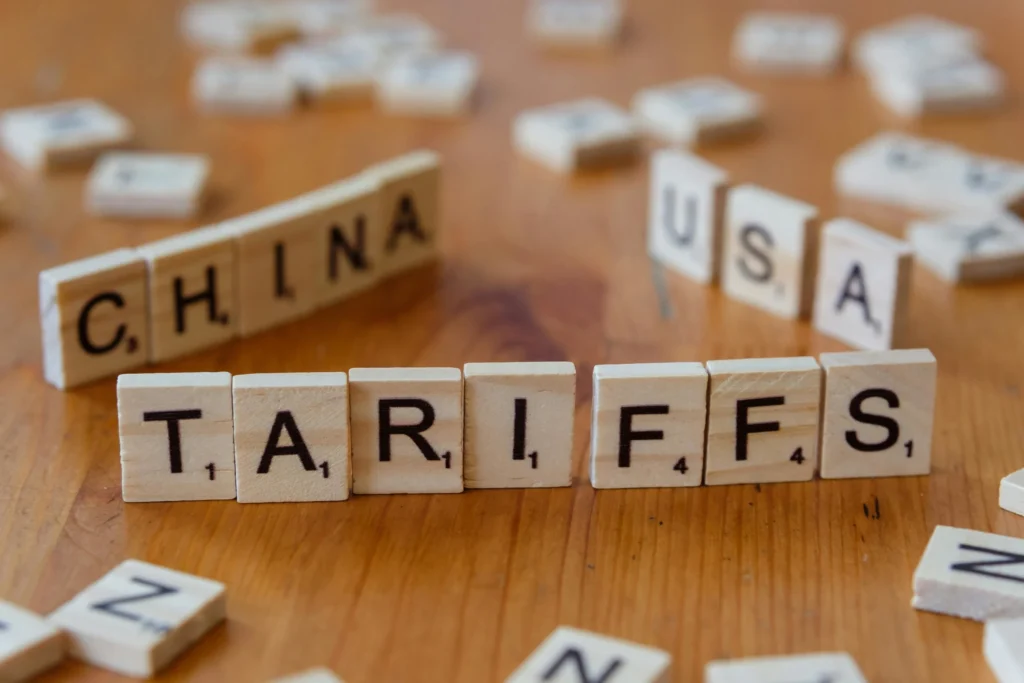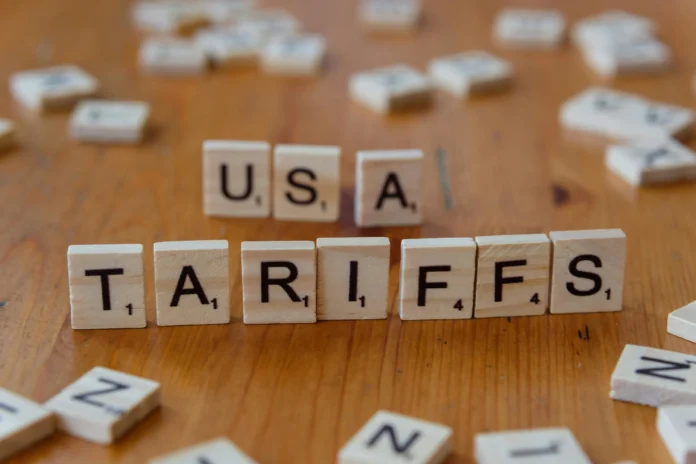90-Day Tariff Pause Excludes China: A Strategic Trade Move Amid Global Tensions
In a significant move aimed at recalibrating global trade dynamics, the United States has announced a 90-day pause on certain tariffs for select countries—excluding China. This temporary suspension, effective immediately, is designed to ease supply chain pressures, stabilize commodity prices, and strengthen alliances amid rising geopolitical tensions and economic uncertainty. However, the deliberate exclusion of China underscores ongoing friction between the two economic giants and highlights a broader strategy of reshaping trade alliances.

What the 90-Day Tariff Pause Means
The 90-day tariff pause allows for the temporary lifting or reduction of import duties on specific goods coming from allied nations. It applies primarily to raw materials, semiconductors, and green energy components, sectors that are crucial to economic recovery and national security. The pause is intended to give manufacturers and importers breathing room from rising costs while helping governments assess long-term trade frameworks.
Key allies, including the European Union, Canada, South Korea, and several Southeast Asian countries, are included in this tariff reprieve. These nations have been cooperative in trade talks and have shown alignment with the U.S. on issues such as intellectual property rights, fair competition, and environmental standards.

Why China Is Excluded
China’s exclusion from this tariff relief is not surprising but is nonetheless significant. The U.S.-China trade relationship has been strained for years, particularly due to concerns over forced technology transfers, state subsidies, and lack of reciprocity in market access. Recent developments—including China’s growing influence over supply chains, disputes over Taiwan, and allegations of cybersecurity threats—have further fueled Washington’s cautious stance.
Officials have stated that the exclusion is rooted in the need to address “unfair trade practices and national security concerns.” By maintaining tariffs on Chinese goods, the U.S. sends a clear message: trade relations with Beijing will remain conditional on meaningful reforms and transparency.
Implications for Global Trade
This selective tariff pause may serve multiple strategic goals. Firstly, it strengthens trade ties with countries that share democratic values and market-based economies, potentially reducing overdependence on Chinese imports. Secondly, it encourages companies to diversify supply chains by sourcing components from more politically stable regions. Thirdly, it serves as leverage in ongoing negotiations with China, using economic incentives as both carrot and stick.
However, the move also risks escalating tensions with China, which may retaliate by imposing its own trade barriers or reinforcing its economic partnerships in Asia, Africa, and Latin America. Some economists warn that this could lead to further decoupling of the two largest economies, creating inefficiencies in the global market.
Conclusion
The 90-day tariff pause, while temporary, signals a shift in global trade priorities. By excluding China, the U.S. is not only addressing domestic economic concerns but also redefining its approach to global partnerships. As the international community watches closely, this move could either pave the way for renewed cooperation or deepen existing divisions in global commerce. The next few months will be crucial in determining whether this pause leads to sustainable trade solutions—or further entrenchment of economic rivalries.



